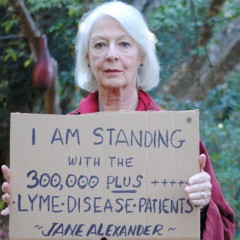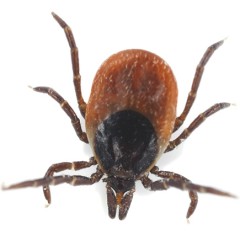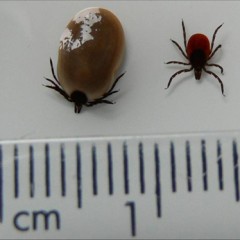The Global Search for Education: The 300,000 – Ticks
“We need to continue to understand the range of infections that may be passed along in a tick bite such as Babesia, Anaplasmosis and Ehrlichiosis. Insurance companies must recognize the risk of chronicity and the severe manifestations of Lyme disease in the lives of the patients they insure.” — Dan Cameron The “We are the 300,000” campaign is a new grassroots campaign by the Lyme community to...
The Global Search for Education: Norway – Ticks
“Our method is based upon live blood microscopy. Bacteria become visible by optical changes involving refraction index, swelling and spreading of cells which result in inflated structures well above the optical resolution capacities for a light microscope.” — Morten Laane and Ivar Mysterud Oslo University biologists Morten Laane and Ivar Mysterud have discovered a method to identify Borrelia bacteria in the...
The Global Search for Education: Australia – Ticks
“It is imperative that a memorandum of understanding be reached between the key clinical bodies involved with diagnosis and management of this disease. Chronic, not chronic, highly infectious, not highly infectious, tick-borne, arthropod (insect)-borne, sexually transmissible, blood-borne and not.”– Dr. Andrew Ladhams Tick-borne illness advocates from Australia, Austria, Brazil, Canada, Czech Republic, Croatia,...
The Global Search for Education: UK – Ticks
Some British experts think as many as 20 percent of the UK Lyme disease infections arise from Brits acquiring the disease while vacationing in Lyme disease hot spots such as the United States (New England) and parts of Central Europe. Lyme (Borreliosis), Anaplasmosis /Ehrlichiosis, Babesiosis, Rocky Mountain Spotted Fever, Bartonella, Tularemia, and more recently, Borrelia miyamotoi (a distant relative of Lyme Borreliosis) are...





Recent Comments